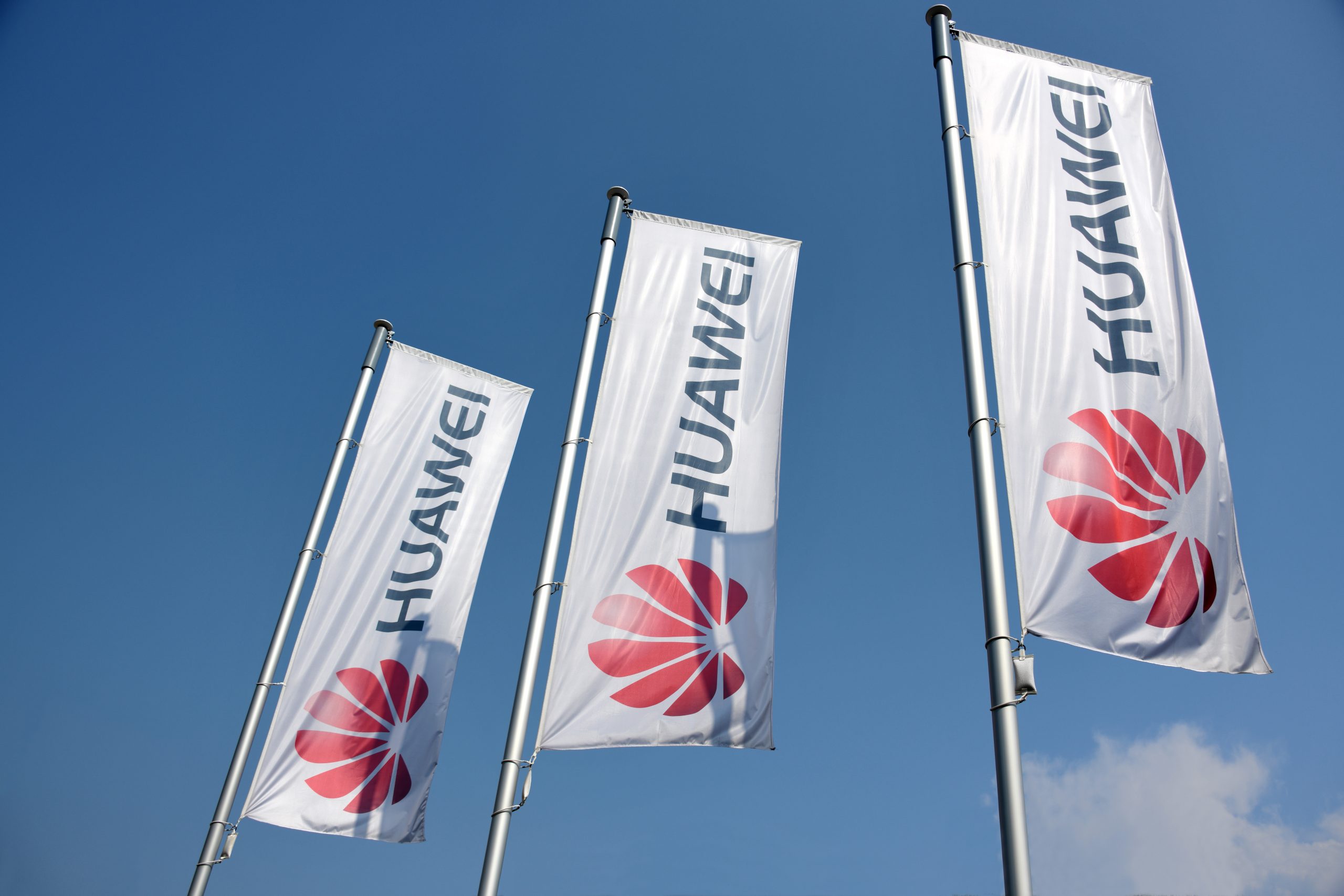You don’t need a big team, complicated funnels, or a million followers to build a six-figure coaching program. You need a clean format, the right platform for your audience, and a consistent engine that brings people in.
I’m 54, 78% profitable, no employees, no business partner. I run lean—and I love this life.” This post breaks down exactly how I structure and sell a coaching program that reliably clears ~$10K/month, plus what I tried, what I’d skip, and what I’d double down on.
The Simple Coaching Format That Works
I keep the structure tight so it delivers real value without eating my calendar.
Live Calls (the core value).
“We have two monthly calls, two hours long each… a total of four hours per month… on Zoom.” This small-group format lets me coach directly, tackle current trends, and keep energy high. I don’t do 1:1; the small group is my sweet spot.
Living Resource Library (not static ‘courses’).
“Everything’s changing so fast… It’s more like: this is what I’m doing right now.” I publish videos, prompt packs, guides, and quick wins as modules people can use immediately. When something’s outdated, I update or remove it—no slogging through stale lessons.
Community Where My Audience Already Hangs Out.
“My group’s mostly over 40… they asked to move to Facebook… so we did.” The tool matters less than adoption. Meet your people where they already are (Facebook, Discord, Circle, etc.) to reduce friction.
Platform Choices: Remove Friction, Move Fast
I launched this program overnight because my stack made it easy.
Stan Store for selling and onboarding.
“Stan collects all the money and then it just pays me out… I was able to launch overnight.” It handled payments, access, and email flows so I could validate demand immediately.
Zoom for calls.
Not fancy, but universal and reliable. Works.
Facebook Group for community.
“If you try to make them reach for something else that’s too far, they won’t.” Pick usability over novelty.
Pricing and Numbers That Make It Worth It
- Price: $99.95/month.
- Goal to justify my time: “If I get 50, I’m happy at $5,000/month.”
- Launch results: “I got 100 people overnight… and by Q4 it had over 200.”
- Seasonality: When the economy tightened, it dipped to 98 and then started climbing again.
- Bottom line: “It remains a $10,000/month stream of income pretty steadily.”
This matters because I value freedom. “I don’t like to make appointments on my calendar… so it has to be worth it.” A light, high-value format at ~$100/month hits that mark.
Why I Stopped Selling Heavy ‘Courses’
Courses can work, but fast-moving industries are a maintenance nightmare.
“Every time I turn around, whatever I told them last week was true about YouTube is not true anymore today.”
I still teach frameworks live, then point to step-by-step inside my resources. If you’re teaching something stable (gardening, woodworking, etc.), evergreen courses are fine. If your niche moves quickly, run live coaching + living resources.
Audience First: How I Fill the Program
I build an audience where connection compounds: long-form YouTube.
“If I were starting a brand-new channel today… I would publish a long-form video every day until something takes off. Then double down.”
If daily isn’t realistic, hold a consistent cadence, you won’t miss. Two 20–40 minute videos per week is a strong baseline. Batch when you can.
I also validate demand before I build:
“I put out a feeler: ‘I made $100,000 on TikTok last year—interested in a coaching program?’ If the response is huge, I go. If not, I wait or retest.”
Community vs. Coaching: Pick Your Commitment
You can monetize a community without coaching.
- YouTube Memberships can gate perks, chats, polls, and a monthly stream (YouTube keeps 30%).
- Paid Facebook/Discord communities can be hobby-based and lightly facilitated.
I chose coaching because I like to teach. If you just want to host the room, a lighter community product works—and scales with fewer time blocks.
Real Mistakes and What I’d Do Differently
- I over-engineered a spreadsheet hub.
“Some weren’t savvy with tabs… I was constantly updating it.” I migrated everything to a simpler ‘resources’ portal. - I’ve stopped coaching programs that were working.
“My biggest mistake was taking too long of breaks… It’s always been a great moneymaker.” Keep one active container. Let the market ebb and flow; your cadence should not. - I tried to force platforms my audience didn’t want.
When they asked for Facebook, we moved. Reduced friction = better retention.
The Lean Blueprint You Can Copy
- Pick your promise at a price point people take seriously ($49–$149/mo works for most niches).
- Validate interest in public (post the offer where your audience is; green-light only when comments/DMs flood).
- Launch fast with a tool that handles payments and access (I used Stan Store).
- Deliver two live sessions per month (60–120 minutes each). Coach, screen-share, troubleshoot.
- Publish a living resource library with your current systems, checklists, and prompts.
- Host the community where your people already are (Facebook for 40+, Discord for younger/tech niches).
- Feed the top of funnel consistently (YouTube long-form is my #1 driver; Instagram/TikTok shorts can complement).
- Expect seasonality and plan around it; protect your floor with retention-friendly delivery and easy wins.
- Keep it lean so margins stay high and your lifestyle stays free.
Tools I Mentioned (Affiliate Links)
Disclosure: These are affiliate links. If you purchase through them, I may earn a commission at no extra cost to you.
- Stan Store (sell memberships, digital products, and manage onboarding):
- WP Engine (WordPress hosting if you prefer a full membership site):
- JNews Theme (the WordPress theme I use)
Final Word
“Don’t wait for things to be perfect. Just get out there.” Launch the container, deliver the calls, grow the library, and let consistency do the compounding.
Ready to build your own? Join me inside Blueprint Coaching for live coaching, resources, and the exact systems I use










